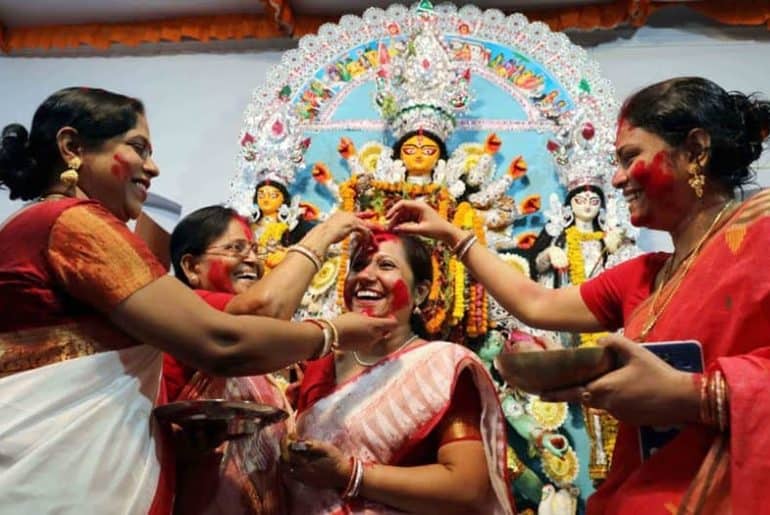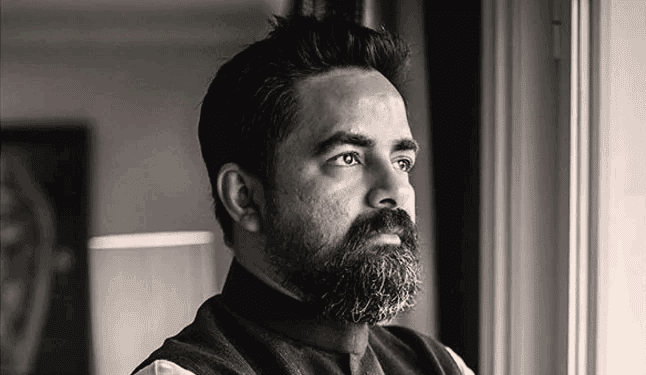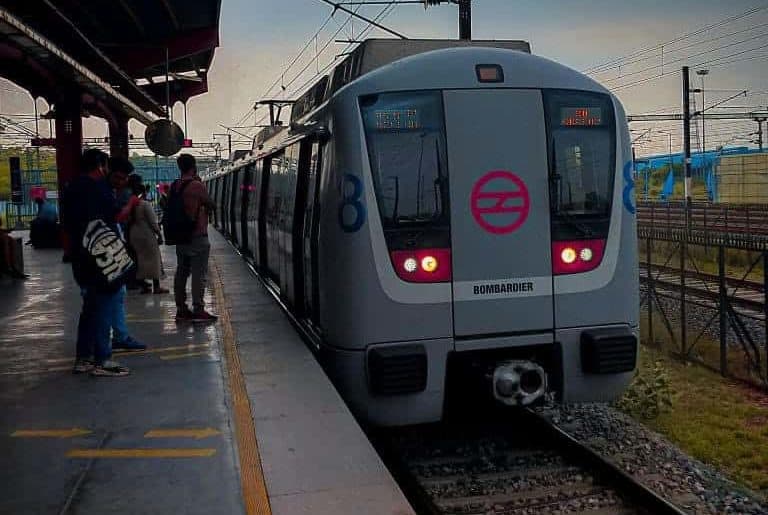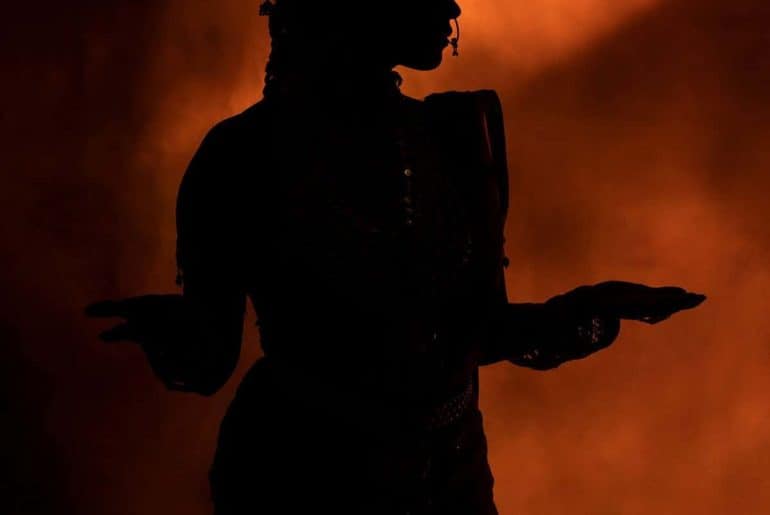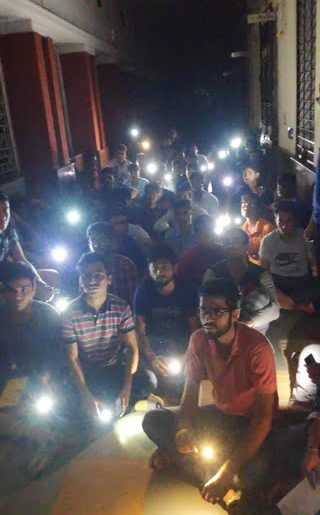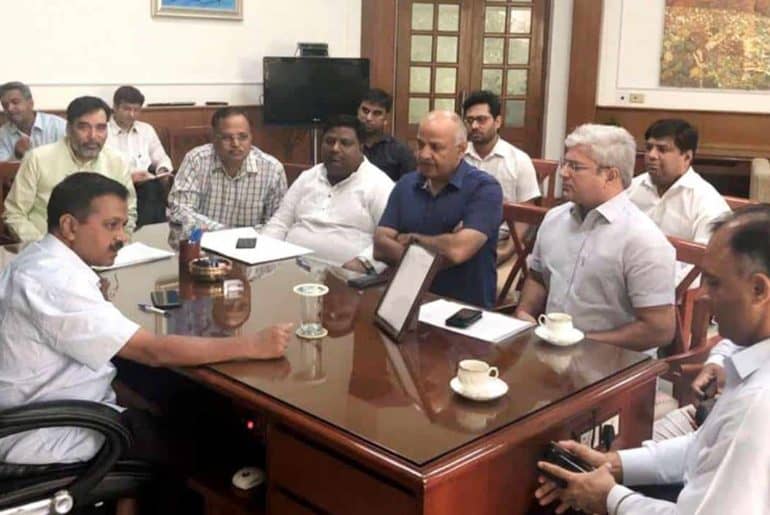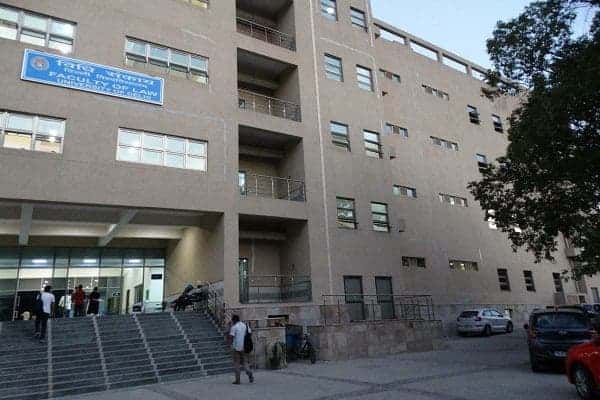Every year as the five days of celebration, food and pandal hopping come to an end with Sindoor Khela on Vijaya Dashami, when will it be the right time for us so to decode whether it is truly a Shubho Vijaya?
Sindoor (vermillion) Khela or the playing with Sindoor takes place before Visarjan of the idols of Goddess Durga, Lakshmi, Saraswati, Kartik, and Ganesha exclusively by married women. Sindoor or vermillion is regarded as a symbol of a blessed marriage, considered patriarchal by many, Bollywood has reinforced and emphasised the sanctity of the same. From suhagan to sindoor, women have been forced to ascertain their status as a product of ownership of their husbands. A common bond of marriage is shared amongst women, only cis-women in heterosexual married relationships. Yet, each year, Bengali women drape sarees and celebrate a norm excluding a huge part of the society!
The idol of Goddess Durga is smeared with vermillion with the significance of her marriage with Lord Shiva, however, such a ritual emphasises on the institution of marriage more than the individualism of the woman. Such a ritual celebrates her existence in association with her husband, thus, excluding unmarried, widowed, divorced, homosexual, transgenders, single mothers, separated and non-cis gendered women. It gives supreme status to her suhagaan diminishing THE Devi’s powers! The above-mentioned groups remain at the fringes of social acceptance and remain ostracised due to their relationship bereft a man.
Barring the women who choose not to be associated with a man, an entire community is left behind- who are never invited to the sindoor khela. Heterosexual couples or lesbians, simply put, need no man. So, why is this united by gender and divided by traditions at play? Such traditions reek of indifference and sheer heteronormativity and unsympathy towards an entire living-breathing-existing community! The entire idea of unifying women under Sindoor Khela stands on the very ground of heterosexuality thus, ostracising an entire community simply for not identifying themselves with a masculine figure.
The concept of married women only is largely a question on what defines a marriage. With changing definitions of companionship, do couples in other forms of courtship not consider their relationship as pious as of those made sacred by the holy fire? This tradition also questions the sanctity of an ideal relationship between a man and a woman only acceptable after marriage. Where do the divorcees, separated, widowed and single mothers stand? Moreover, the definition of a ‘woman’ per se, is problematic in itself. Gender is fluid. Ascertaining a set norm of cis women invalidates the experiences of non-binary and trans folks.
In a country which labels widowhood as the end of the world and creates havoc over the release of a movie like Water by Deepa Mehta portraying the status of widowed woman in Varanasi, marriage stands as a hovering social norm of acceptance for us! From adorning white garments to living a life of isolation, the agency of women is considered diminished after her husband’s death.
Prostitutes who fall in the conventional definition are all the more isolated in Durga Puja. The idea of sex work is still unacceptable and talked about in hushed tones. Sonagachi or Asia’s largest red-light district stands at the threshold of conventional morality. Ironically, an age-old Hindu tradition states, the making of Durga’s idol requires ‘punya mati’ or dust from the doorsteps of the sex-workers.
The barriers imposed on women have been continuing for centuries, without raising a single eyebrow. Times of India launched a campaign #NoConditionsApply in order to incorporate a broader audience of women and make it inclusive. The aim of breaking down the tradition of the division was solely to incorporate diversity, by making it a celebration for one and all.
Click on the link below to witness a visual experience of the celebration:
A festival that celebrates the universality and omnipotence of women, excludes women deemed inferior by society. A festival that reminds us of the power of womanhood, excludes everyone but the privileged. A festival that worships a woman, excludes women.
Feature Image Credits: The Indian Express
Anandi Sen

